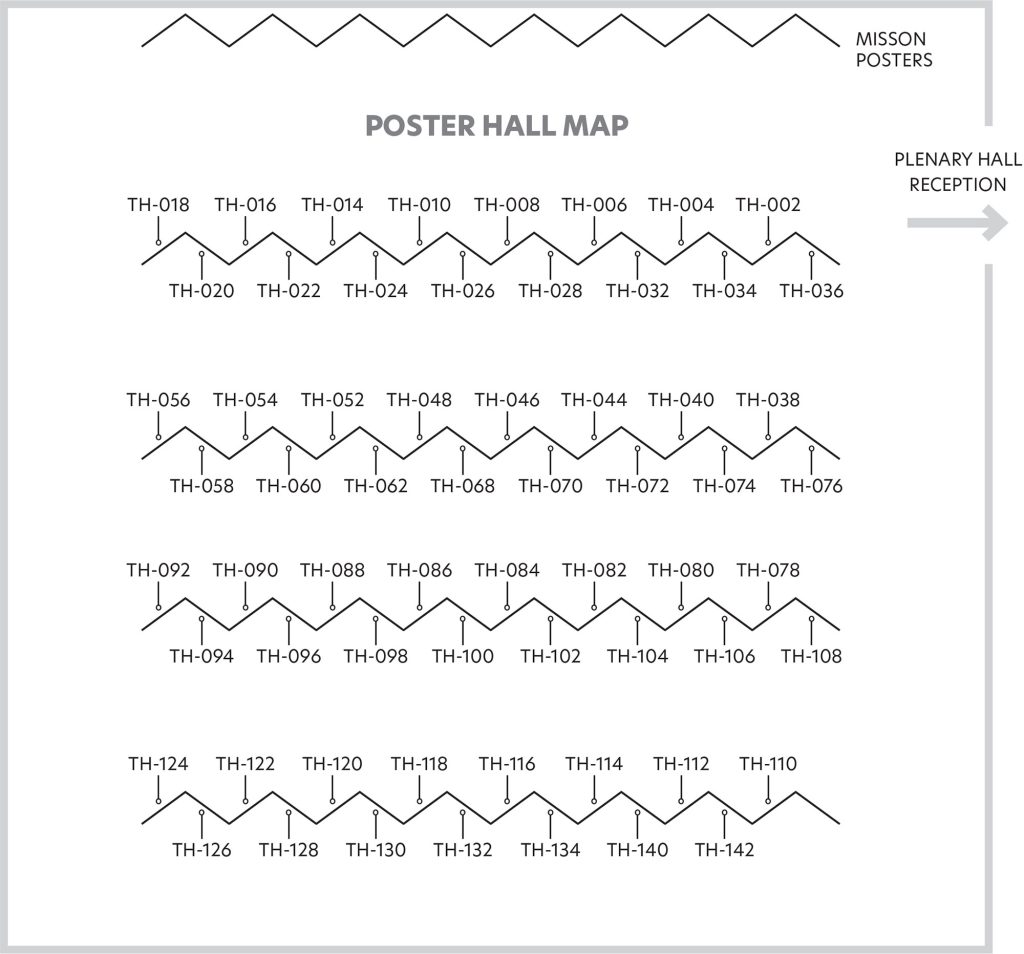POSTER Session 4
Thursday, October 10
11:10–12:50
Poster Session | 1 | 2 | 3 | 4 | Instructions | Schedule at a Glance
ABSTRACT 849 | POSTER TH-006
A SPECTRAL MATCHING APPROACH TO IDENTIFY AND INVESTIGATE BIO-OPTICAL ANOMALIES IN COASTAL WATERS AND FJORDS
Ocean color remote sensing from satellites enables us to observe complex physical and biogeochemical processes in the ocean surface layer. The main advantage is collecting data on temporal and spatial scales unattainable by in situ measurements. However, several fundamental challenges remain in the interpretation of ocean color data. These are particularly acute in optically complex waters, commonly referred to as Case 2. Three main types of Case 2 waters are found in western Norwegian coastal and fjord systems: 1) dark fjords dominated by colored dissolved organic matter (CDOM), 2) glacial meltwater fjords, dominated by mineral particles, and 3) phytoplankton blooms, dominated by chlorophyll-a (chl-a). We have simulated a large number of remote sensing reflectance (Rrs) spectra using a standard Case 2 bio-optical model as input in the radiative transfer (RT) model AccuRT. These spectra have been used to build a look-up table (LUT) for an efficient pixel-by-pixel spectral matching with Rrs from remote sensing satellites. The matching reveals bio-optical anomalies, identifying regions with abnormal particle type distributions. We have developed a neural network approach for the LUT to provide memory efficient fast Rrs spectra for continuous input values.
*Stefan Asheim, University of Bergen, Norway, [email protected]
Arne Skodvin Kristoffersen, University of Bergen, Norway, [email protected]
Børge Hamre, University of Bergen, Norway, [email protected]
Poster Session | 1 | 2 | 3 | 4 |
Instructions | Schedule at a Glance
Questions?
Contact Jenny Ramarui,
Conference Coordinator,
at [email protected]
or (1) 301-251-7708

